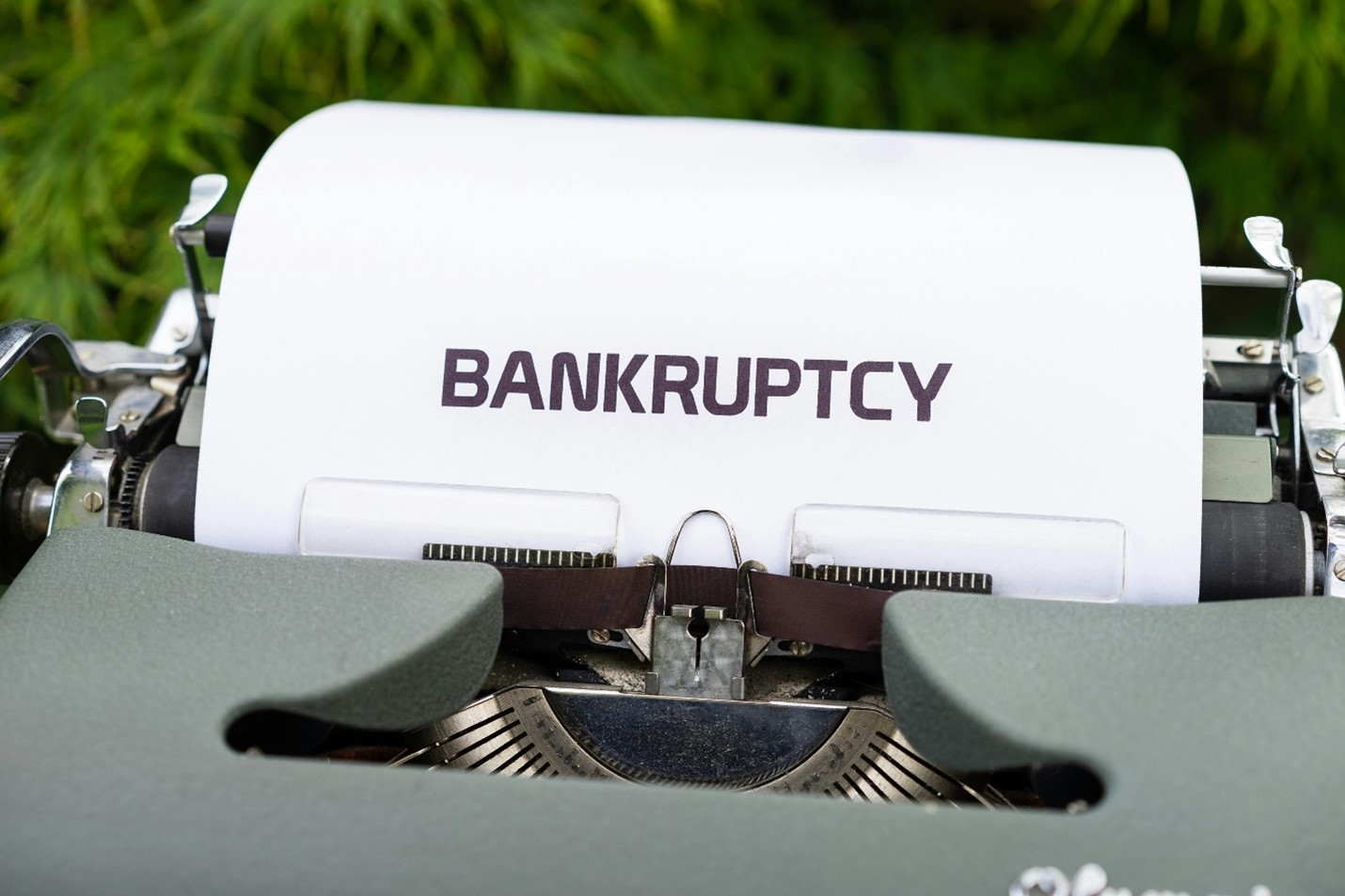Many of us have health insurance to help us deal with medical costs. But even then, we can be stuck with high medical bills.
Health insurance can help in many ways, but it is not uncommon to still have to pay hundreds or even thousands of dollars out of pocket for an emergency room visit or medical procedure.
How can you get rid of this debt? Some people get loans to pay off these bills. Then there are those who avoid the bills altogether, leading to possible lawsuits, fees, and other penalties.
Bankruptcy is an option for many people. Chapter 7 or 13 bankruptcy can help eliminate debt and reduce stress.
Bankruptcy can eliminate unsecured debt, which is debt not tied to an asset. Secured debt may include car loans and mortgages. Medical bills are a type of unsecured debt. They are also a non-priority debt, which means that they are not important compared to taxes and student loans. Medical debt is often last in line for repayment, so courts typically do not have a hard time discharging it.
Chapter 7 or Chapter 13?
If you have decided on bankruptcy to eliminate medical debt, should you choose Chapter 7 or Chapter 13 bankruptcy? Those who are eligible will often choose Chapter 7 bankruptcy to wipe out debt for good. If you have substantial medical debt and pass the means test (meaning your income is minimal), then Chapter 7 bankruptcy may be your best option. In most Chapter 7 bankruptcies, there are insufficient assets for purposes of repaying all creditors, so medical creditors may not get repaid at all. Despite this, there is no cap to how much medical debt you are allowed to discharge through Chapter 7 bankruptcy.
If you have substantial assets, you may not be able to pass the Chapter 7 means test, so Chapter 13 may be the better option. Under Chapter 13, you will need to attend credit counseling and create a repayment plan to pay off debts over the course of three to five years. You must address all secured debts and some unsecured debts, so your medical creditors may get repaid.
Alternatives to Bankruptcy
High medical bills are not the end of the world. Here are some things to consider before bankruptcy:
- Audit your bills. Check for billing errors or unauthorized charges and ensure your insurance has paid for covered expenses.
- Negotiate your costs. Ask medical providers to discount your costs, especially if you pay in cash.
- Work out a payment plan. Many medical providers would prefer to work out a payment plan rather than to send your bill to collections.
What Happens to Medical Bills in a Bankruptcy?
Medical bills are a leading cause of debt for Americans. The good news is that this debt can be discharged, but there are some downsides.
Reduce your debt and gain freedom with help from the Law Offices of Adam M. Freiman. If debt has become a burden, we can help you avoid garnishments, lawsuits, and foreclosures. Schedule a consultation by filling out the online form or calling (410) 486-3500.





